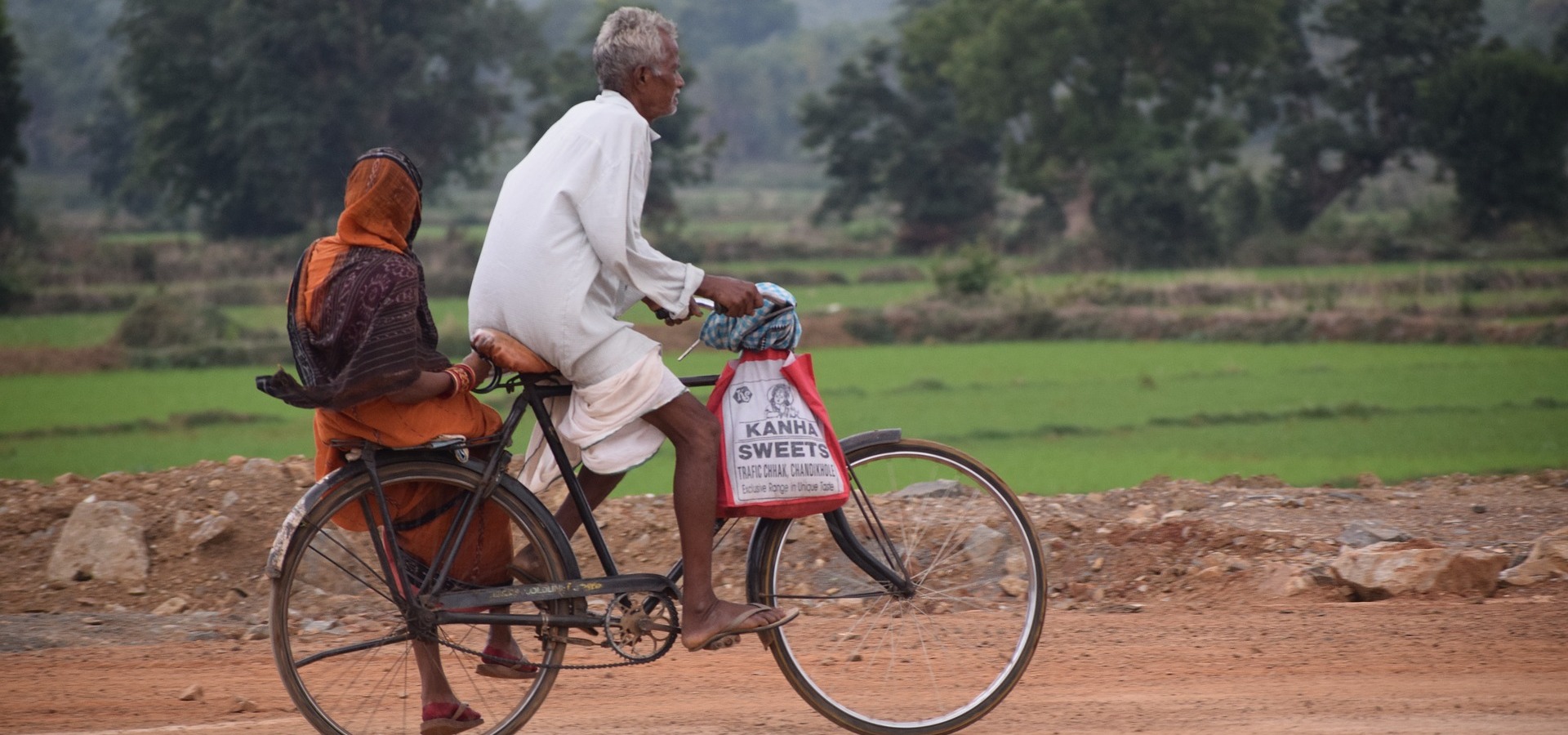Recently, the New Delhi Municipal Council (NDMC) installed 25 stands with 300 bicycles on a one-month trial and at least 5,000 people registered on its SmartBikes app. Shivani Singh looks at the progress on New Delhi’s roads.

With the spread of the bicycle culture, New Delhi could promote sustainability within transport (Public Domain)
In a city notoriously known as the car capital of India, cycling for leisure is not popular. So the sights of riders trying to navigate the roads of Lutyens’ Delhi on bright blue bikes came as a pleasant surprise.
Recently, the New Delhi Municipal Council (NDMC) installed 25 stands with 300 bicycles on a one-month trial and at least 5,000 people registered on its SmartBikes app. Enthused by the response, the Council has decided to add 500 bikes by the next year, create cycling tracks on service lanes and assign space on major arterial roads for bikers.
Cycling has multiple benefits. It is pollution-free and great for fitness. Cycle-sharing schemes such as NDMC’s allow riders to make short trips without having to own a bicycle. In Delhi, this can plug the last-mile connectivity gaps in the Metro transit. For a tourist, it is the best way to explore the city.
Delhi has, in the past, launched a number of less sophisticated versions of bikesharing and rentals, mostly around its Metro stations. On some routes, such as the Delhi University’s North Campus, which has clean cycling paths, the response from college students has been encouraging. On others, the forlorn cycle stands now resemble scrap yards.
If Delhi’s upwardly mobile takes to NDMC’s new and improved scheme, cyclists may finally gain some bargaining power in the Capital. Till now, biking has not been a healthy or green choice but an economic compulsion for the majority of Delhi’s cyclists, who could barely influence policies on road space-sharing and infrastructure.
With 10 million cars and two-wheelers, Delhi has broken all vehicle-ownership records.
This giant fleet often overshadows the obvious reality that private vehicle users are still a minority. Only 19% of Delhi’s working population use private vehicles between home and work. The rest either take public transport, cycle or simply walk. According to the 2011 census, 30% of Delhi residents own bicycles and 12% of its workforce cycle to work.
Yet, our public funds are invested heavily in increasing road space to decongest the vehicular traffic, which invariably catches up. Building and maintaining cycle tracks are the cheapest and most democratic road investment.
In the late 1990s, the Colombian city of Bogota realised that much of its investment was in promoting vehicular infrastructure while only 20% of the citizens owned cars.
So, it began restructuring the city by removing cars from sidewalks, creating 330 km of new bicycle lanes. In new neighbourhoods, pedestrian and cycle paths were built before roads were laid, wrote Danish urbanist Jan Gehl in “Cities for People”.
London and New York City are also returning to the pedal power. NYC has 1,900 km of bicycle lanes, of which around 190 km are protected by creating space between the pavements and parked cars to shield cyclists from fast-moving traffic. Only last week, London launched a cycling plan that aims to double cycling journeys over the next six years.
Copenhagen, a leader among cycling cities, made the first move out of sheer necessity. During the oil crisis in the 1970s, the Danish city told its people to get their bicycles out, wrote Gehl. Today, it even offers ‘Green Wave’, a traffic system designed to ensure that cyclists get no red light to and from work.
In Delhi, on much of its 100km-long cycle track — which runs along some arterial roads — cyclists are edged out by two-wheelers, auto-rickshaws and small cars. Pavements are anyway disconnected pathways with no kerbed ramps or blended crossings, a must for safe cycling. Last year, of the 1,584 road fatalities in Delhi, 67 were of cyclists. Till December 15 this year, 50 of them were killed.
Madho Singh, an office attendant, cycles 40 km daily from Karawal Nagar to Connaught Place and back.
His only safety net is the one provided by his fellow cyclists.
“We watch out for each other and try to ride in a group so we are visible to the rushing traffic,” he says. On days he misses the group, he cycles alone, most precariously.
The Public Works Department says all new road projects in Delhi are now fitted with cycle lanes. Even some of the older stretches, they maintain, will soon be retrofitted with similar paths. But it will require more — perhaps a mindset shift in planning — to make Delhi cycle-friendly. For example, while creating infrastructure and thinking lane discipline, Delhi should stop stripping its roads of tree cover. A no-brainer in a choking city, it will also make cycling less exhausting.
Shivani Singh leads the Delhi Metro team for Hindustan Times. A journalist for two decades, she writes about cities and urban concerns. She has reported extensively on issues of governance, administrative and social reforms, and education.
This article has been republished from Hindustan Times.